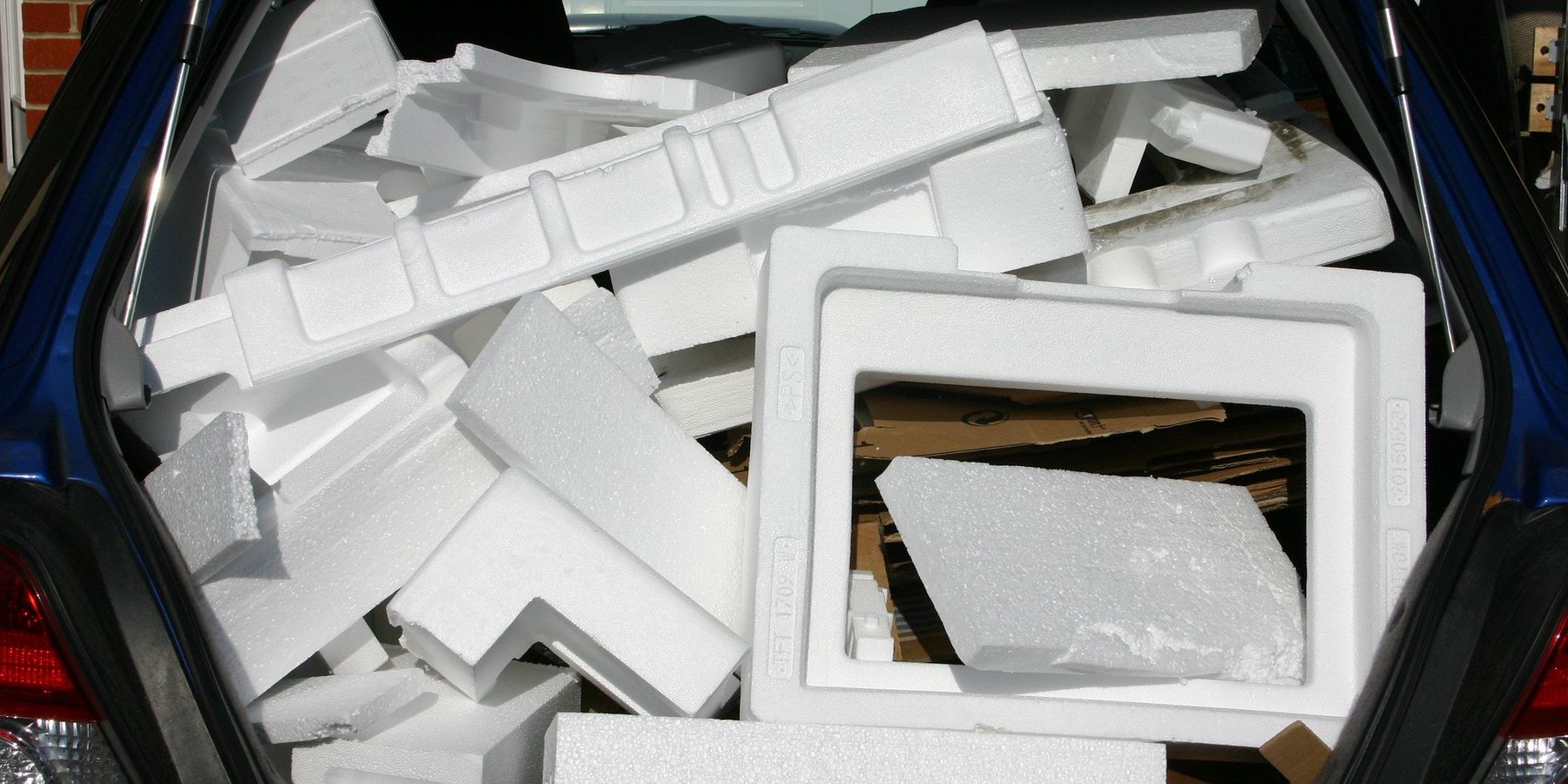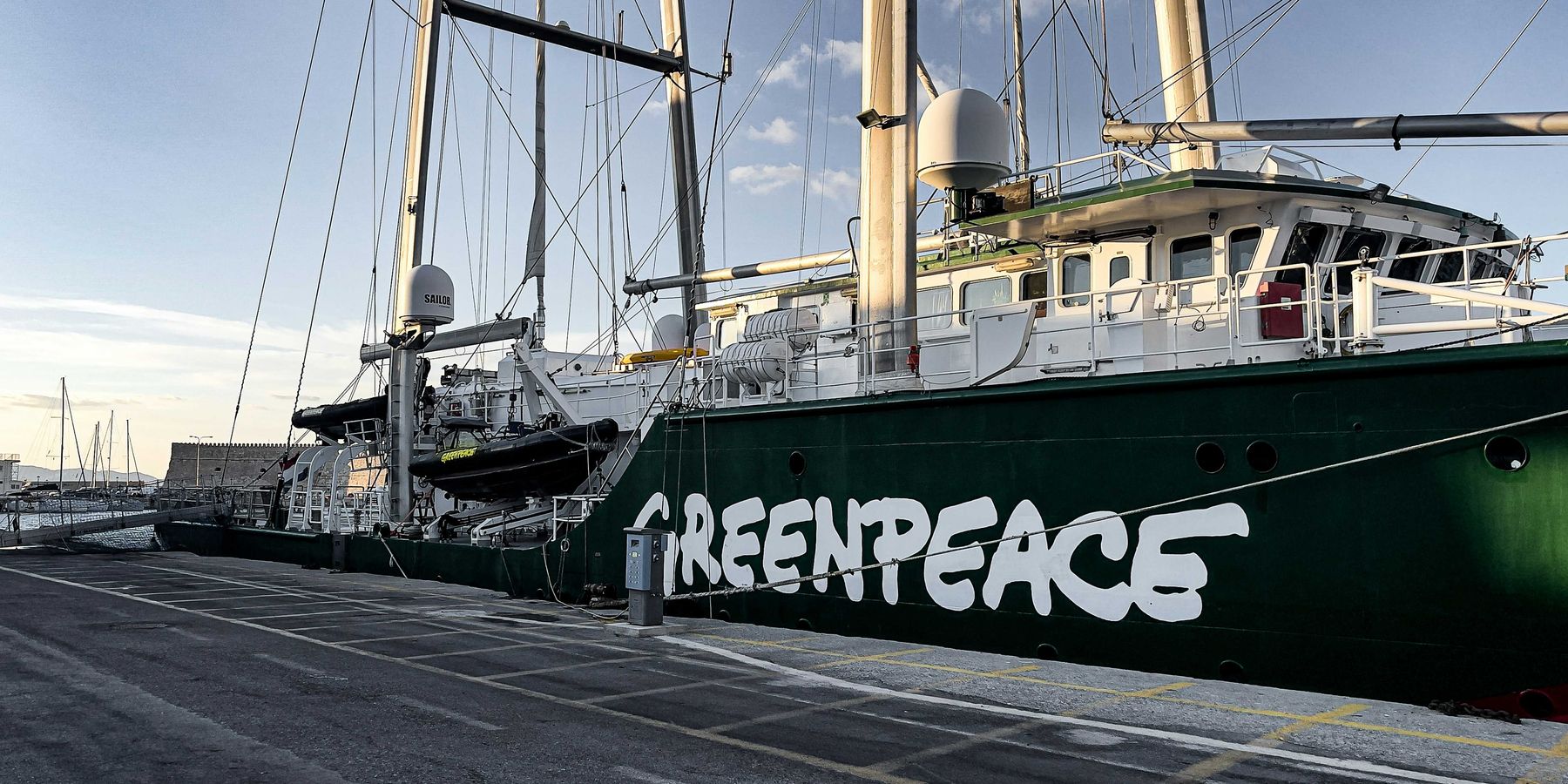
Latest chemical recycling plant closing spurs concern over the industry’s viability
Oregon’s Regenyx plant announced its closing in late February, with those involved calling it a success, despite never reaching planned capacity and millions of dollars lost.
In the midst of domestic and international fights over the future of chemical recycling, the impending closure of a plant in Tigard, Oregon, built to convert polystyrene waste into plastic feedstock, has raised a new round of questions about the efficacy and feasibility of the process.
Regenyx, which was run by Agilyx and Americas Styrenics, will cease operations at the end of April, Agilyx announced in late February. The joint venture, launched in 2019, was one of just 11 facilities in the U.S. that use heat and/or chemicals to break down plastic waste for reuse as plastic feedstocks or as fuel. It was a “demonstration project” and successfully met its objectives, including proving the viability of the technology, but it would be cost-prohibitive to maintain and upgrade the plant’s dated equipment, Agilyx senior vice president of engineering and execution Mark Barranco said in a statement.
Jenny Gitlitz, director of solutions to plastic pollution at Beyond Plastics, described the notion that the plant was successful as “pure spin.” The facility had the capacity to handle 3,650 tons of waste per year, but diverted just 3,000 tons from landfills across its lifetime, Agilyx said. Of that amount, approximately 70% was converted to styrene monomer to be turned into new polystyrene products, the company said. In keeping with a series of setbacks the plastics industry has faced in attempting to build out chemical recycling infrastructure, the joint venture reportedly lost more than $4.5 million since 2021, including delays in the development of other Agilyx facilities, Gitlitz said. She anticipates more closures in the future.
“This industry is more speculative than it is real,” Gitlitz told EHN.
The Regenyx facility was one of two chemical recycling plants west of Texas, alongside Fulcrum Sierra BioFuels in McCarran, Nevada, which turns household waste into aviation and diesel fuel and recently defaulted on $289 million in bonds, stoking doubt about its economic viability. Another Agilyx-designed plant, based in Portland and operated by Waste Management, closed in 2014 after just 16 months in use. The company wanted to build a facility on the West Coast capable of handling 50 tons of plastic waste per day, but later relocated that plan to the Gulf Coast and doubled its expected capacity. After progressing through preliminary engineering design, that project has been paused, Barranco said. Another planned Agilyx facility, the proposed 100-ton-per-day TruSytrenyx plant in Channahon, Illinois, was announced in 2020 but is still awaiting a funding decision. Meanwhile, Agilyx is also expanding into Japan, where its Toyo Styrene facility recently completed construction.
Ross Eisenberg, president of industry association America’s Plastic Makers, said the Regenyx facility succeeded in its goal and its closure shouldn’t affect other chemical recycling facilities.
“The plastics industry is investing billions of dollars in chemical recycling here in the United States to create a more circular system for a variety of types of used plastic that keeps these valuable resources in use,” Eisenberg said in a statement.
Closed Loop Partners, an investment firm focused on the circular economy, estimated in 2021 that the market for recycled plastics could be as high as $120 billion annually. The firm projected demand for recycled plastics to reach 5 million to 7.5 million metric tons by 2030, requiring supply to double or triple.
Gitlitz said she’s “extremely skeptical” about the economic and operational viability of chemical recycling technology, as well as its ability to address the plastic crisis.
“This industry is more speculative than it is real.” - Jenny Gitlitz, Beyond Plastics
A Beyond Plastics report from October 2023 found that Agilyx suffered $22.4 million in operating losses in 2020 and 2021. The report also found that the Regenyx facility produced 211 tons of styrene waste that was shipped off-site to be burned, along with generating nearly 500 tons of hazardous waste. Elsewhere, PureCycle reported net losses of $215 million from 2020 through 2022 because of a three-year delay in the construction of its plant in Ironton, Ohio, Beyond Plastics found. That facility was completed in May 2023, then closed for months later in the year because of a full-plant power outage that contributed to mechanical failures.
Celeste Meiffren-Swango, state director for green advocacy group Environment Oregon, said the failure of operational chemical recycling facilities to reach their announced capacity leaves them in an extended “startup phase.” Given the financial challenge of scaling up and the operational issues at some plants, she doesn’t expect that to change.
“[Chemical recycling] is extremely energy intensive, really expensive and just one in a line of examples of the plastics industry’s proposed solutions that further entrench us in the linear economy while doing nothing to stop the production of single-use plastics,” Meiffren-Swango told EHN. “People want an easy solution to the plastic waste crisis and there just isn’t one.”
To Meiffren-Swango, the Regenyx closure represents further evidence that chemical recycling isn’t viable—and an opportunity to pivot toward more effective methods of dealing with plastic waste.
“The plastics industry could take this as a warning sign that this model is not sustainable and use all of the money they’ve been investing in these facilities to invest in actual solutions to the plastic waste crisis, including making less plastic and investing in models like reusability, instead of continuing to literally burn all their money trying to make chemical recycling work,” Meiffren-Swango said.













